much修饰比较级的用法
职业培训
培训职业
2025-01-02
在英语中,"much"可以用来修饰比较级,其基本用法是"much+比较级",表示"更……"或"……得多"。例如:今天比昨天冷得多,翻译为"It's much colder today than it was yesterday.";某个情况比你想象的更糟糕,可以表达为"It was much worse than I thought.";预期未来会
在英语中,"much"可以用来修饰比较级,其基本用法是"much+比较级",表示"更……"或"……得多"。例如:今天比昨天冷得多,翻译为"It's much colder today than it was yesterday.";某个情况比你想象的更糟糕,可以表达为"It was much worse than I thought.";预期未来会变得更好,如"We will be a much better football team next year."
另外,"much"也可以用来修饰最高级,具体用法是"much+the+最高级",这表示"最最……"或"绝对是最……"。例如:这是最最难的,可翻译为"This is much the most difficult.";那个计划绝对是最好的,翻译为"That's much the best plan.";在三个男孩中,尼克最最聪明,可表达为"Of the three boys, Nick is much the cleverest."
此外,"much"还可以用来修饰形容词的原级,尤其是那些由过去分词转化来的形容词。例如:我很不高兴,可表达为"I was much annoyed.";她并不太惊讶,翻译为"She wasn't much surprised."
通过上述用法,"much"在英语中的修饰作用得到了充分展示,它不仅能够强调比较级,还能修饰最高级和形容词的原级,为表达提供了丰富的手段。
标签
版权声明:本文由哟品培原创或收集发布,如需转载请注明出处。
猜你喜欢
其他标签

